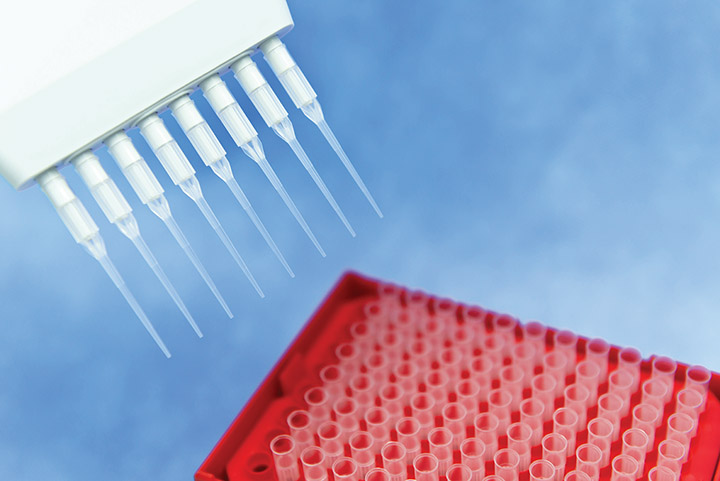
They are one of the many necessities you need to keep your research on track. But the omnipresent pipettes can also be one of your lab’s biggest costs if you’re not careful. Endocrine has assembled some tips to keep those costs down while you keep your research going.
Unexpected and ongoing excessive costs are common complaints from staff charged with managing pipettes in the laboratory. While pipettes are only one segment of the wide inventory of equipment used in today’s labs, they can make up a large part of necessary annual budgets.
Whether you have ten pipettes or a thousand, managing your laboratory’s pipettes can be an arduous process. Pipettes that are poorly maintained, for instance, can lead to costly errors — errors that can reach in the hundreds of thousands of dollars, according to a recent white paper published by TTE Laboratories, a Hopkinton, Mass.-based pipette calibration and repair service provider.
To help reduce the number of errors made in your laboratory and lower your pipette costs, follow these five steps:
- Commit to employee training. User errors with pipettes account for as many as 70% of pipette errors made in today’s laboratories, according to the white paper. Different levels of user skill and awareness can lead to pipette measurement variability, which can greatly affect test accuracy and hamper confirmation of results. Help eliminate user error by contracting with one of the leading pipette service companies to provide instructions to your staff on the proper pipetting techniques. Service companies offer a range of training options including online webinars or one-on-one hands-on coaching and guidance. When choosing a provider company, ask whether their training program provides a detailed analysis of before and after performance data.
- Take proper care. Proper use and maintenance for your important instruments creates lasting savings. Pipettes that are misused or dropped should be taken out of service and repaired right away. “In our experience, customers who hold their employees accountable by assigning specific pipettes to particular assays, technicians, or even locations see the fewest problems,” reports TTE Laboratories.
Whether you have ten pipettes or a thousand, managing your laboratory’s pipettes can be an arduous process. Pipettes that are poorly maintained, for instance, can lead to costly errors — errors that can reach in the hundreds of thousands of dollars
- Calibrate on schedule. Timely calibration is one of the most important things you can do to maintain costs. Choose a service provider that adheres to proper calibration guidelines. How often your pipettes should be calibrated depends on your application and how frequently the pipette is being used. The American Society for Testing and Materials recommends calibration that contains quarterly control checks of 10 data points and monthly verification checks of four data points. Using a reputable service provider will guarantee fast turnaround on your calibration service to keep your laboratory up and running with minimal down time. Be sure to get your calibration service done right and on time.
- Do your research before you replace. Pipettes can be expensive to replace. Hold back on buying pipettes based on price or brand loyalty alone, suggests TTE Laboratories. Lab managers should do enough research to learn about pipettes that have the lowest costs to own instead of buying the same instruments repeatedly. The costs of ownership include services, repair, and risk of drifting inaccuracy and imprecision that leads to potential assay failure. New models are being regularly introduced to the market that include excellent features that prevent errors, downtime, and repairs. Even the most trusted brands could have chronic repair problems and hidden expenses. Add these following points to your checklist of considerations: a long history of durability and performance, comfort in use, and modern features, such as a volume-lock mechanism.
- Use validated pipette tips. Without the appropriate tip, a pipette is useless. Although they are cheaply sold in bulk and are meant to be disposable, tips greatly affect the accuracy of your pipettes. They are not meant to be universal and can widely vary in performance and quality. Have your service provider evaluate your tips to be sure they are validated to your specific pipette. If validating means paying more for the proper tips, do not hesitate to find a supplier willing to work within your budget.

